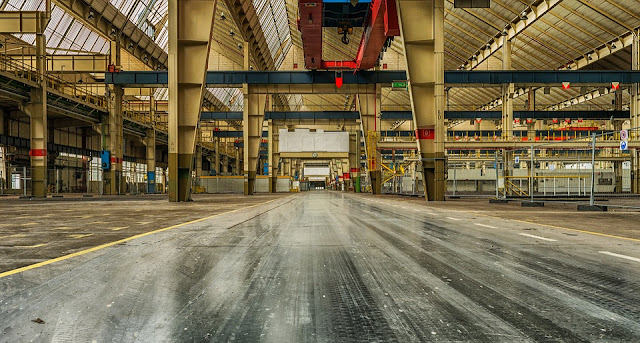The vi
deo from MIT’s SelfAssembly Lab is not astonishing at fi rst glance. A string of plasticlooking material about a foot long is immersed in water. In seconds, the object seizes up, contracts and reshapes itself into a new confi guration. It may not look like much, but the implications are profound. The technology here is known generically as 4-D printing, or self-assembly. Unlike 3-D printing, which has become increasingly common, 4-D printing incorporates the added dimension of time, producing objects that possess the ability to evolve their properties under changing conditions. Researchers say it is akin to taking a simple fl at cloth and programming it to curve itself into complex threedimensional shapes. The transformation might be triggered by water, or by heat, light or electrical current. While it isn’t commercially available, lab tests have shown it is at least technically feasible. The process requires specialized materials, many of which are currently being investigated. At Harvard’s Wyss Institute for Biologically Inspired Engineering, for example, researchers are working with hydrogel ink, which can cause other objects to change shape when exposed to water or other environmental changes. Such materials could give us “self-evolving structures that transform into a predetermined shape … which can stretch, fold and bend given environmental stimulus,” according to Nature. Government may find a range of uses for this capability, once scientists bring it to the point where it can deliver reliably at scale. What if roads that are subject to extreme temperatures could self-assemble at the molecular level to add new levels of resilience? And if so, could the same approach work in bridges and buildings?
“Imagine a sewer or water line that freezes and breaks or corrodes, something that can self-heal or expand based on increased capacity,” said Daniel Castro, vice president at the Information Technology and Innovation Foundation. “You could build these diff erent shapes on a very small scale and then when you bring it all together, you can build anything. That is the idea in principle.” Such implementations may still be a ways down the road. While scientists are beginning to understand the physical parameters of self-assembly, they have not got it going on anything like a commercial scale. “The hardest part of any innovation is scaling it so you can use it in production and get costs down in meaningful ways,” Castro said. “I don’t think we are close to that yet.”
Search engine optimization guide is here

Comments
Post a Comment